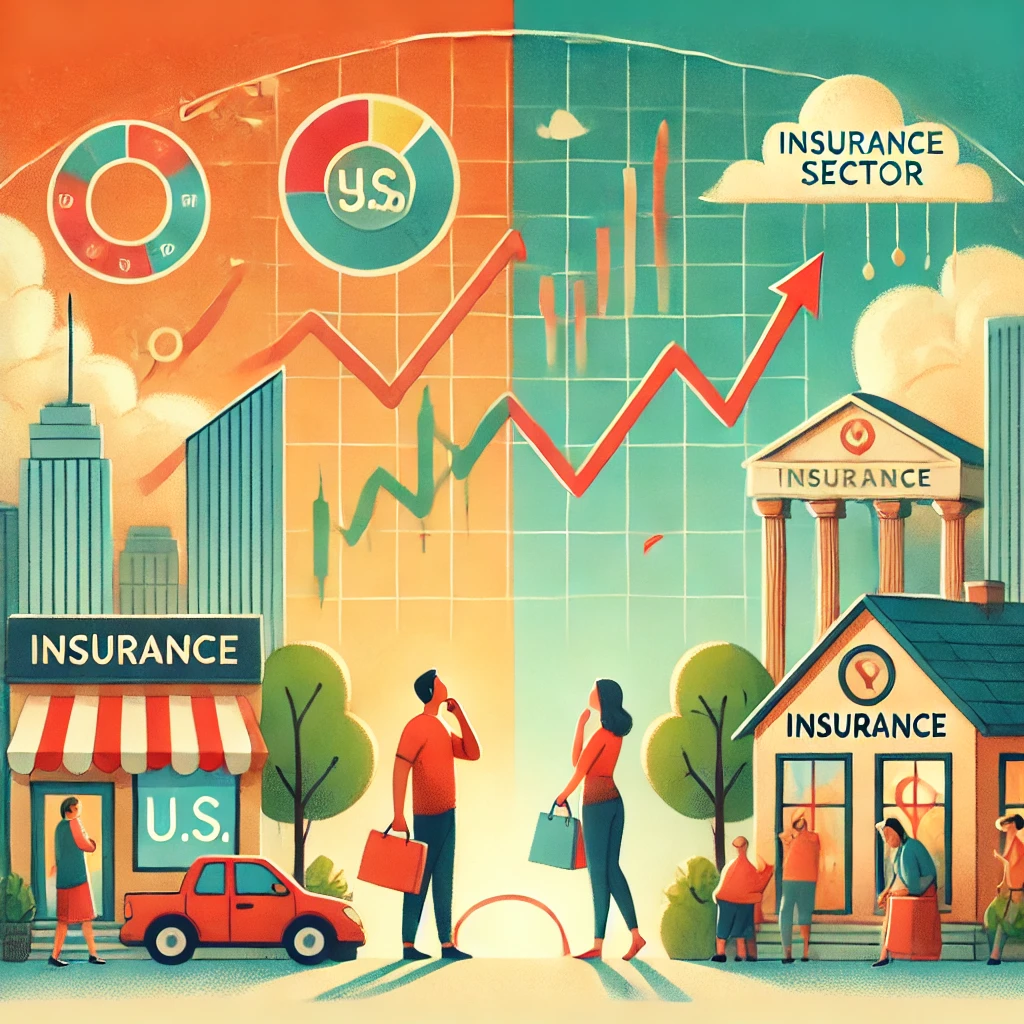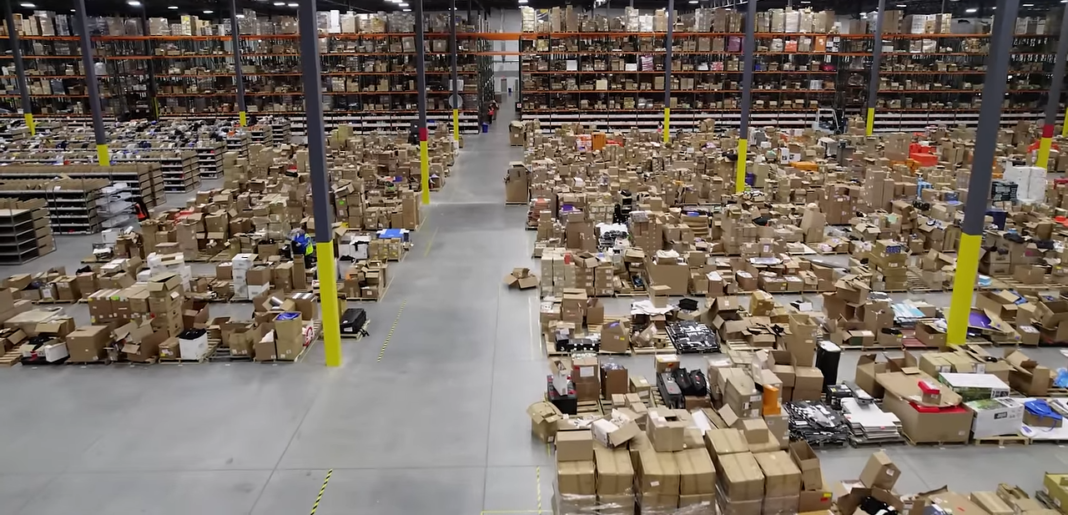The U.S. Economy: A Gradual Slowdown
The U.S. economy grew at a 2.3% annual rate in the last quarter of 2024, reflecting a deceleration from earlier in the year. While consumer spending surged by 4.2%, inflationary pressures and high interest rates have disproportionately affected lower-income households. Despite these economic headwinds, the labor market remains tight, with roughly one job opening for every available worker, driving strong consumer spending.
However, the Federal Reserve’s decision to keep interest rates steady raises critical questions about future economic stability. Experts caution that the effects of monetary policies implemented today will materialize in inflation rates six months from now, necessitating proactive economic planning to mitigate potential downturns.
Federal Reserve Holds Interest Rates Steady: What It Means
In a widely anticipated move, the Federal Reserve decided to maintain interest rates, a strategy aimed at stabilizing inflation without derailing economic growth. Historically, delays in adjusting interest rates have led to inflationary spikes, forcing policymakers to adopt more drastic measures later. This decision reflects a cautious approach to balancing economic growth with inflation control.
Former President Donald Trump has indicated he will review economic strategies in the coming weeks, raising speculation about potential policy shifts that could impact fiscal planning and financial markets. With inflationary effects often lagging, analysts suggest that forward-looking strategies must be implemented to ensure long-term stability.
California’s Insurance Crisis: A Looming Financial Burden
Beyond macroeconomic trends, the state of California is grappling with an escalating insurance crisis. Rising costs, climate-related disasters, and regulatory constraints have forced major insurers, including State Farm, to withdraw from the market, leaving homeowners vulnerable. The industry faces significant financial strain, with California’s insurance market holding $350 million in assets but requiring over $4 billion to cover liabilities.
State intervention appears inevitable, with discussions pointing toward increased taxation to fund a potential bailout. This raises concerns about the financial burden on residents, who already face some of the highest tax rates in the country. The dual threat of rising insurance premiums and higher taxes adds another layer of economic strain, particularly for middle- and lower-income households.
What’s Next? Future Implications for Businesses and Consumers
The current economic landscape presents a complex challenge for policymakers, businesses, and consumers alike.
- Monetary Policy & Inflation: With interest rates held steady, inflation’s trajectory will depend on consumer behavior and fiscal policies in the coming months. Businesses must prepare for potential shifts in credit availability and capital costs.
- Labor Market Trends: The tight labor market suggests continued wage growth, which could sustain consumer spending in the short term. However, if inflation remains high, real wage growth may stagnate.
- State Intervention in Insurance: California’s insurance crisis may set a precedent for other states facing similar climate-driven risks. The effectiveness of state intervention will shape future regulatory policies and business decisions within the industry.
- Taxation & Government Policy: Potential tax hikes to fund state programs could impact both residents and businesses, prompting some to reconsider their long-term financial strategies or relocate to states with lower tax burdens.
Final Thoughts: A Path Forward
While the U.S. economy remains resilient, uncertainties persist. Policymakers must navigate the delicate balance between growth and inflation, while businesses and consumers should remain adaptive to shifting economic conditions. The insurance crisis in California underscores the broader need for sustainable regulatory and financial frameworks to protect residents without overburdening taxpayers.
As economic conditions evolve, the key question remains: how can policymakers, businesses, and individuals proactively address these challenges before they become crises? The coming months will be critical in determining the long-term trajectory of both the U.S. economy and regional financial stability.
Dr. Noah Alvarado is a global economist specializing in international trade policies and macroeconomic analysis. His research has been published in prominent journals.




